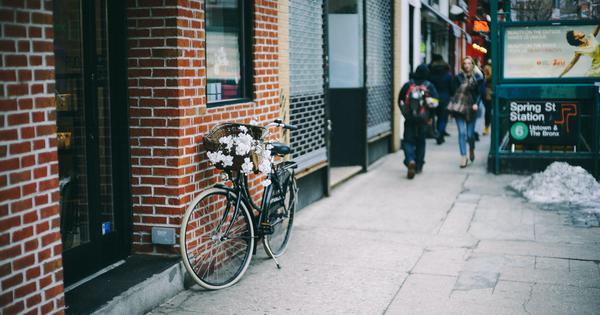When heat waves hit, people start looking for anything that might lower the temperature. One solution is right beneath our feet: pavement.
Think about how hot the soles of your shoes can get when you are walking on dark pavement or asphalt. A hot street is not just hot to touch – it also raises the surrounding air temperature.
Research shows that building lighter-coloured, more reflective roads have the potential to lower air temperatures by more than 1.4 degrees Celsius and, in the process, reduce the frequency of heat waves by 41% across the United States cities. But reflective surfaces have to be used strategically – the wrong placement can actually heat up nearby buildings instead of cooling things down.
As researchers in MIT’s Concrete Sustainability Hub, we have been modeling these surfaces and determining the right balance for lowering the heat and helping cities reduce their greenhouse gas emissions. Here is how reflective pavement works and what cities need…
